Carbon Monoxide Safety
Carbon monoxide is invisible, odourless, and deadly. Learn the signs and symptoms, prevent exposure, and keep your home safe.
What You Need to Know About Carbon Monoxide
Carbon monoxide (CO) is an odourless, tasteless, invisible gas produced when fuels like propane, natural gas, oil, charcoal, or wood burn incompletely. You can’t see it or smell it, but it can make you seriously ill and can even be fatal. Because CO is impossible to detect without an alarm, awareness and prevention are essential for BC homes, especially during colder months when heating appliances are used more often.
For more information on CO and other common indoor air risks, visit Fraser Health’s indoor air quality page.
Recognize the Symptoms of CO
Carbon monoxide exposure can be hard to detect because its effects often feel like other illnesses, such as the flu — but without the fever. Knowing the early warning signs in both people and pets can help you act quickly before the situation becomes life-threatening.
Human Symptoms
If you or anyone in your home shows one or more of these symptoms, leave the building immediately, get fresh air, open windows and doors if it's safe to do so, and call emergency services. Do not re-enter the home until it’s been inspected and cleared by professionals.
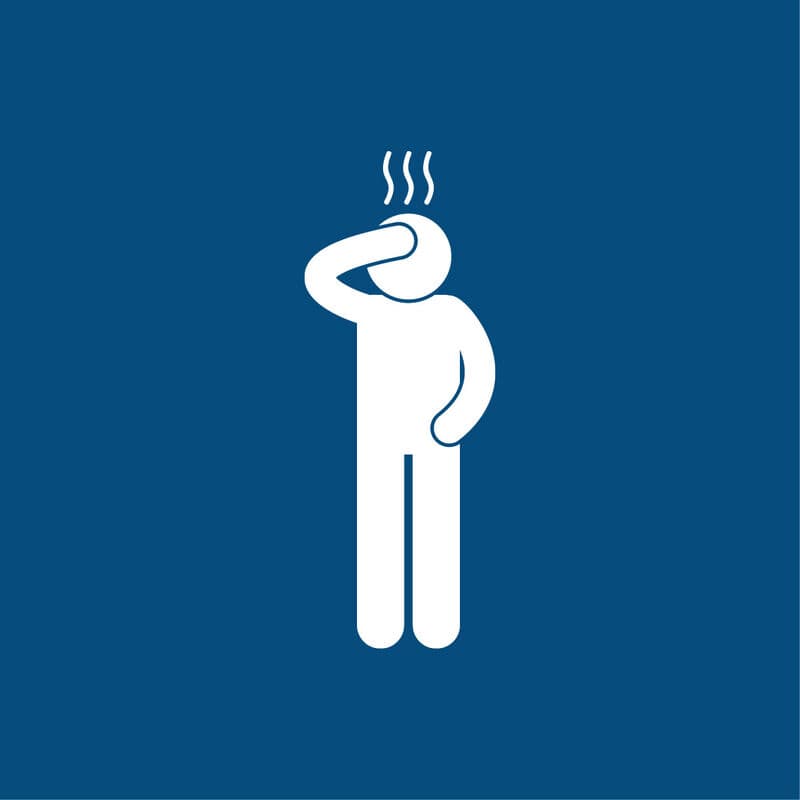
Headache
Often a dull, persistent ache that doesn’t improve with rest or medication.

Shortness of breath or difficulty breathing
You may feel winded even while sitting still or doing light activities.
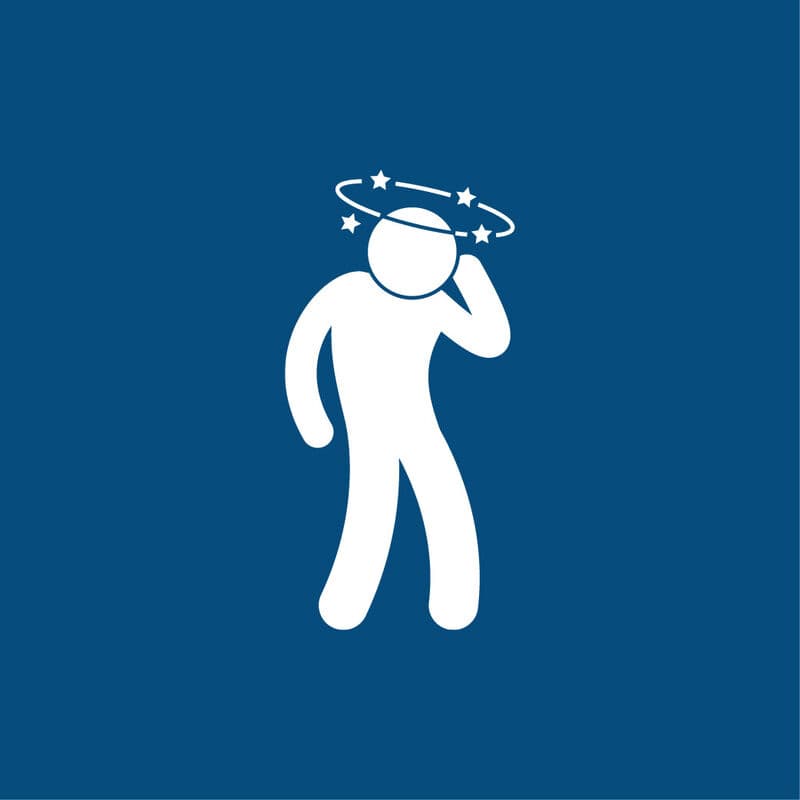
Dizziness
Feeling lightheaded, off-balance, or like the room is spinning.

Unexplained tiredness or weakness
A deep fatigue that isn’t resolved by sleep or rest.

Nausea
Stomach discomfort that can lead to vomiting if exposure continues.
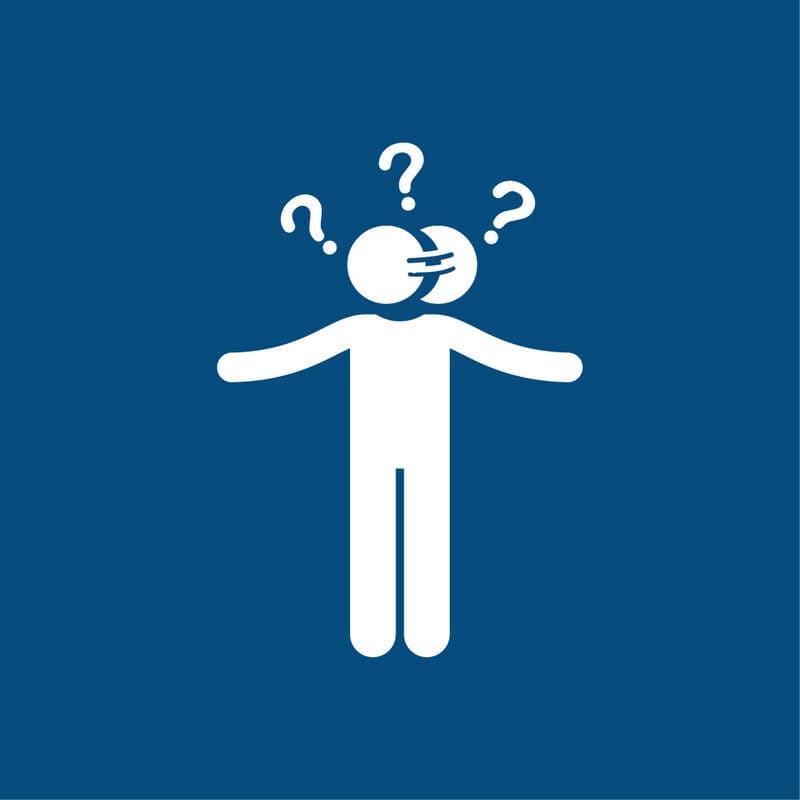
Confusion or disorientation
Trouble thinking clearly, forgetting things, or acting unusual.
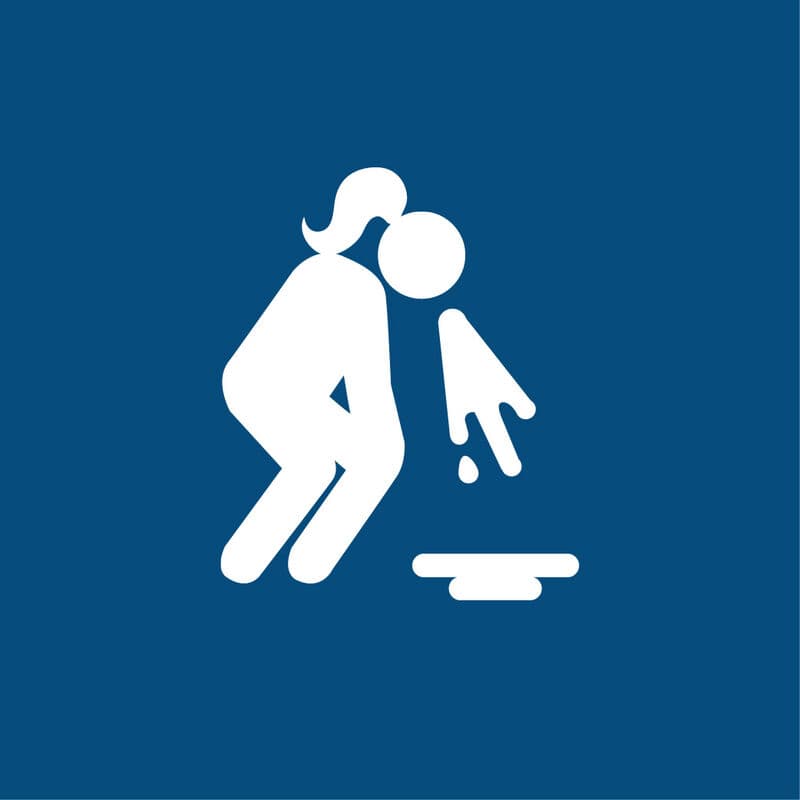
Vomiting
Can occur suddenly and without clear cause, especially in multiple people.

Chest pain
A tight, pressing sensation, especially during high exposure levels.
Pet Symptoms
If your pet shows any of these symptoms, treat it as a warning. Get everyone, pets included, out of the house immediately and call emergency services. Pets are often affected faster and may be your first sign something is wrong.

Sudden irritability, aggression or anxiety

Drowsiness or lethargy

Refusing to enter the house after being outside

Difficulty breathing

Vomiting

Bright cherry red lips, ears, and gums

Uncoordinated movements
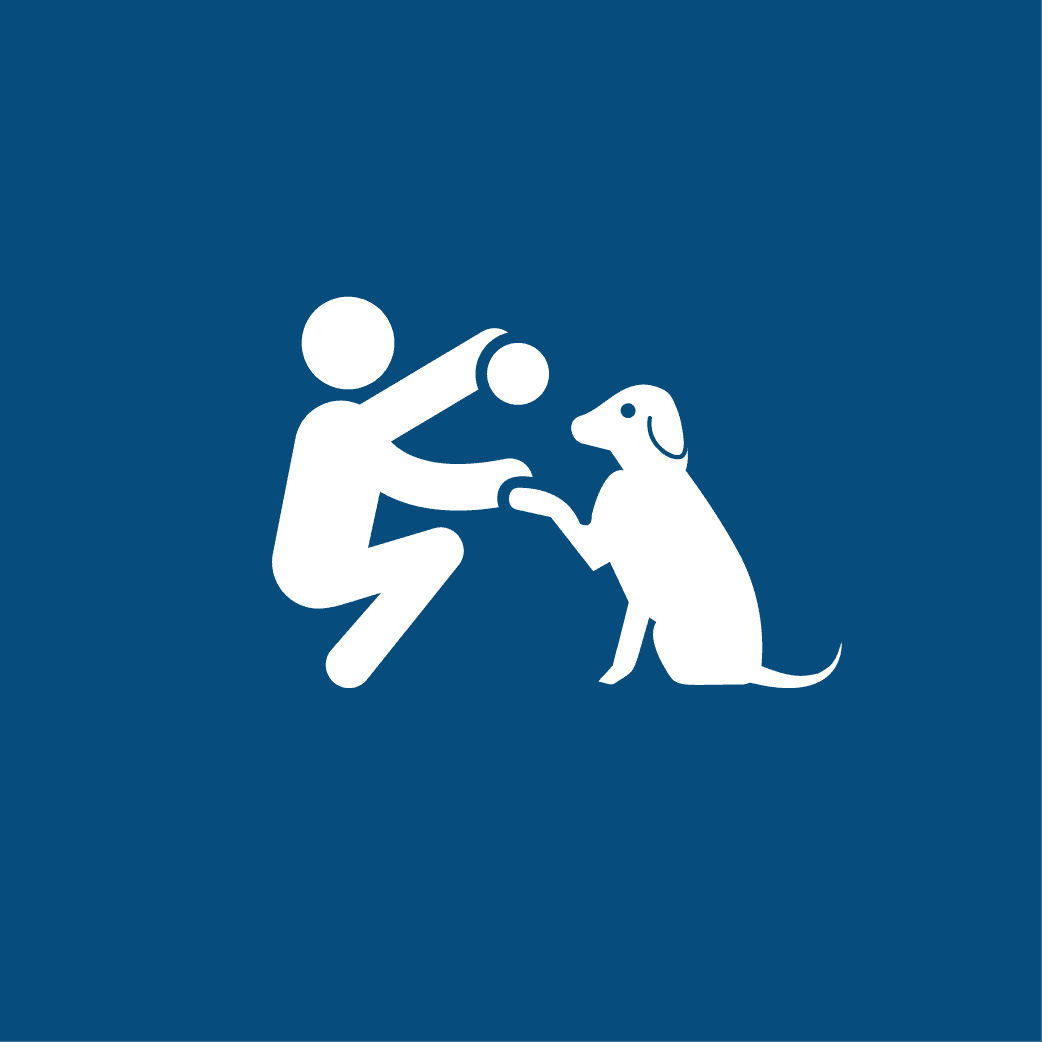
Unusual intolerance to normal exercise
How To Prevent Carbon Monoxide Exposure
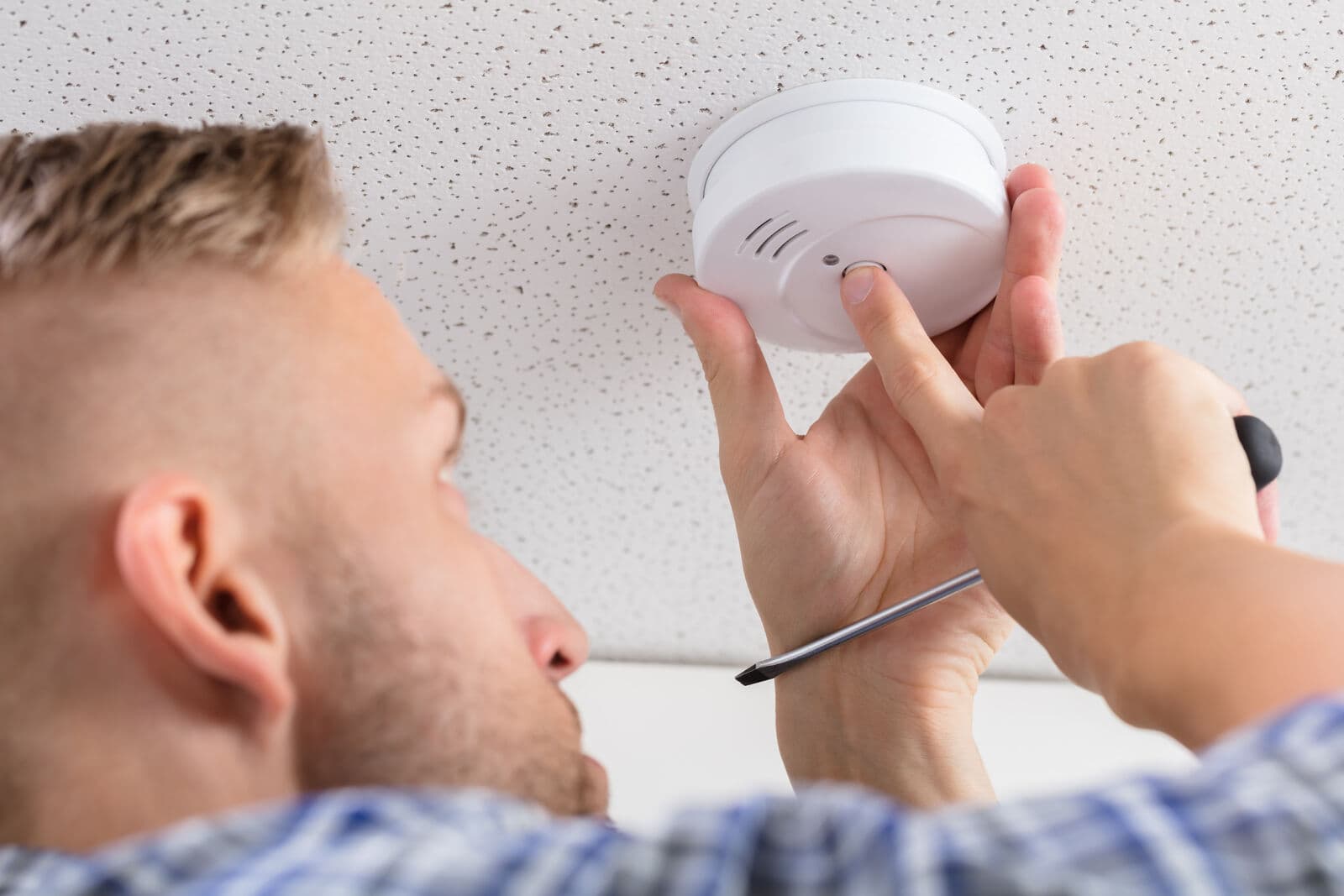
Install & Maintain CO Alarms
Install Canadian-certified CO alarms on every floor and near bedrooms. Test monthly, replace batteries as needed, and change the unit every 7-10 years.

Have Gas Appliances Inspected
Schedule annual inspections with a licensed gas contractor to keep appliances safe, properly vented, and up to code.
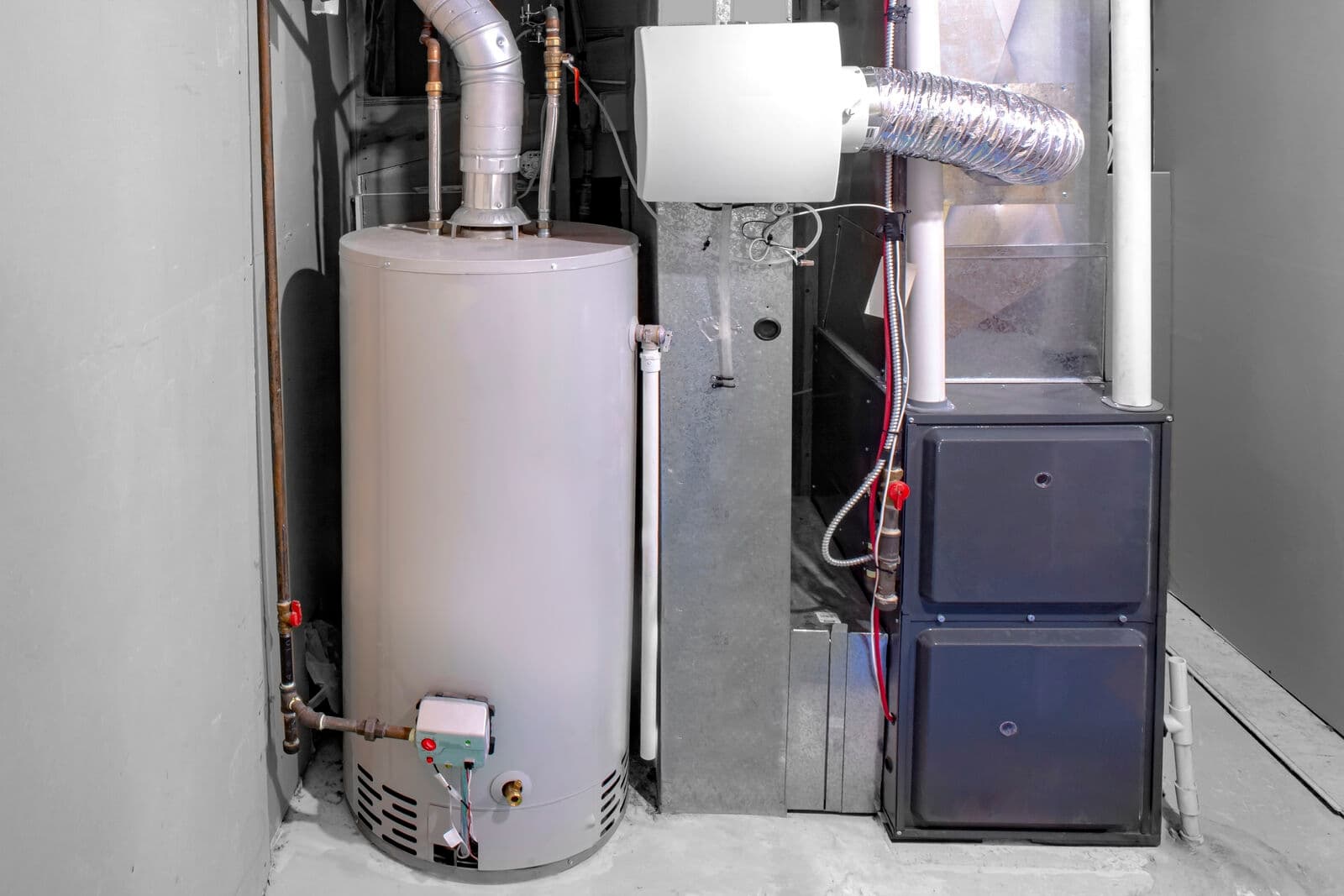
Know the Sources of CO
CO can come from furnaces, boilers, hot water tanks, stoves, fireplaces, portable heaters, generators, vehicles running in attached garages, or any fuel-burning device used without proper ventilation.
Protecting People in Different Living Situations
No matter where you live or what type of property you manage, CO is a risk. But it’s also preventable. Whether you’re a homeowner, renter, or landlord, there are steps you can take to protect the people and pets in your care.
Homeowners
Install CO alarms in correct locations, test monthly, and replace them before expiry. Keep vents clear, never use outdoor appliances indoors, and book annual inspections for all fuel-burning equipment.
Renters
Even if not required by law in all BC communities, having a CO alarm in your suite is strongly recommended. Battery-operated and plug-in options are suitable for renters. If your landlord won’t install one, you can still protect yourself by purchasing your own.
Landlords/Property Managers
Under the Gas Safety Regulation, rental property owners must have all gas appliances inspected and serviced annually by a licensed contractor and keep service records on file. While not legally required, it is strongly recommended that you install CO alarms in your tenants' living areas. You are also responsible for responding quickly to any reported safety concerns.
Real Stories and Incidents
Every year, BC sees an average of 15 CO-related incidents, 24 injuries, and 2 fatalities. Most occur in homes, but incidents have also happened in ice rinks, warehouses, and schools.
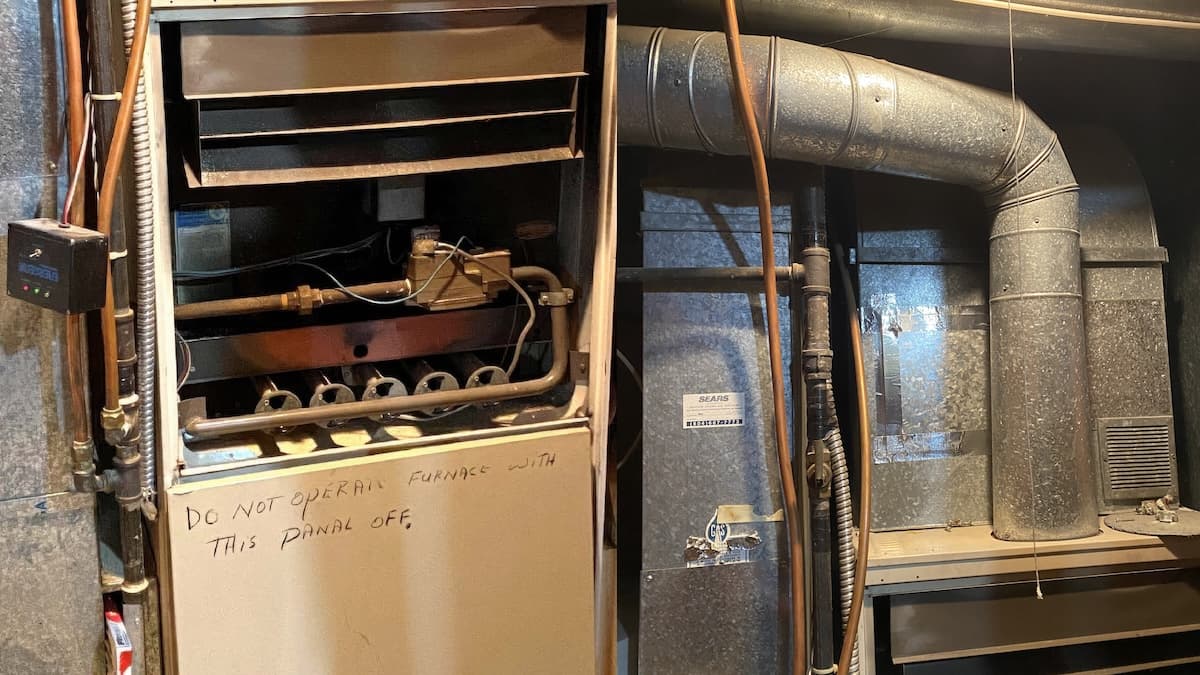
Incident Investigation
Deadly levels of carbon monoxide send two to hospital

Incident Investigation
Carbon monoxide exposure from a portable generator in an enclosed space
CO Safety: Must-Read Articles
Carbon Monoxide in Rentals
Who’s responsible for CO safety in a rental? This guide breaks down the must-knows for both landlords and tenants, from alarm installation to gas appliance maintenance.
Learn More8 Signs Your Pet May Be Suffering from CO Poisoning
Pets often notice danger before humans do. Learn the early warning signs of CO poisoning in animals.
Learn MoreHow to Identify the Symptoms of CO Poisoning
Learn how to spot the difference between common illness and life-threatening CO exposure.
Learn MoreGet the Facts. Stay Safe.
Download printable carbon monoxide safety resources in multiple languages, perfect for sharing with your household, tenant, or community.
Whether you own, rent, or manage a home, these resources make it easy to protect against carbon monoxide. The CO Safety Checklist gives you a quick rundown of key prevention steps, from alarms to appliance safety. The CO Safety Fact Sheet explains what CO is, where it comes from, warning signs of poisoning, and what to do in an emergency.
Both are available in multiple languages to help you spread the word and keep everyone safe.
Related Information
Carbon Monoxide: A Preventable Danger
The risk of CO exposure remains our top safety risk for 2024.
Learn MoreTop 5 Safety Risks
From carbon monoxide to electrical shock and fire, learn about the Top 5 Safety Risks we identified for 2024.
Learn MorePublic Safety
Our public safety tips provide the tools and knowledge the public needs to mitigate risks and hazards.
Learn More